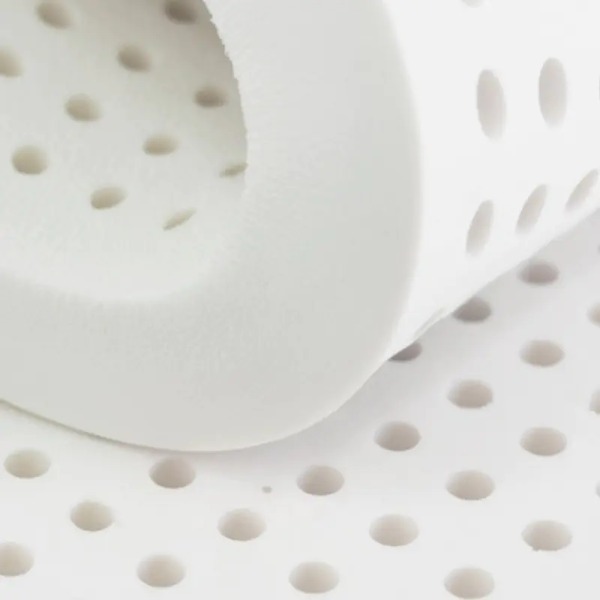
Textile and non-woven industries are constantly evolving to meet the rising demand for functional fabrics used in clothing, home furnishings, automotive interiors, and industrial filtration. Among the many components that contribute to fabric performance, Styrene Butadiene Latex and Styrene Butadiene Copolymer Latex stand out as essential binders and performance enhancers. These synthetic latexes offer a combination of flexibility, strength, and processing efficiency that makes them highly valued in a variety of textile and non-woven applications.
Styrene Butadiene Latex is widely used as a binder in the coating and back-coating of fabrics. It helps improve dimensional stability, enhances tear resistance, and provides a smooth surface finish. In non-woven materials such as carpet backing, roofing membranes, and geotextiles, the latex plays a critical role in maintaining the structural integrity of the final product. The film-forming nature of Styrene Butadiene Latex allows it to coat individual fibers effectively, binding them together without sacrificing softness or flexibility.

Meanwhile, Styrene Butadiene Copolymer Latex is selected when increased tensile strength and weather resistance are required. This latex variant has a copolymer structure that offers greater durability and elasticity, making it ideal for products that undergo mechanical stress or prolonged exposure to environmental conditions. In automotive textiles, for example, Styrene Butadiene Copolymer Latex helps fabrics resist fading, cracking, and wear due to temperature fluctuations and UV exposure.
One of the main reasons for the continued use of Styrene Butadiene Latex in these sectors is its versatility in blending with pigments, fillers, and other performance additives. Whether applied as a finish on upholstery fabrics or used to reinforce filtration layers, it provides consistent binding capability and stable performance across production batches.
In industrial filtration applications, Styrene Butadiene Copolymer Latex contributes to the formation of resilient filter media capable of withstanding high pressure and repeated use. Its elastic properties help maintain filter shape and efficiency, even after multiple cleaning cycles. As industries seek more durable yet cost-efficient filter materials, this copolymer latex provides a reliable solution.
Another advantage of both latex types is their compatibility with water-based manufacturing systems. This supports cleaner production environments and compliance with environmental standards, which are increasingly prioritized by textile and non-woven producers. Using Styrene Butadiene Latex allows manufacturers to reduce the reliance on solvent-based systems, helping minimize emissions and waste while maintaining product performance.
Styrene Butadiene Copolymer Latex also plays a role in improving the fire resistance and chemical resistance of treated fabrics. This makes it a popular choice in technical textiles used in protective clothing, industrial insulation, and building materials. With enhanced formulation control, the latex can be customized to meet various regulatory requirements without compromising other functional attributes.
In hygiene and personal care applications, such as wipes and medical textiles, Styrene Butadiene Latex is used to provide softness, flexibility, and liquid barrier properties. The latex binds fibers in spunlace or meltblown non-woven fabrics, creating materials that are gentle to the skin yet strong enough for use in clinical settings. Its contribution to softness and drapability is especially valued in products that require skin contact.
The durability offered by Styrene Butadiene Copolymer Latex is also critical in heavy-duty textile applications, including construction textiles and reinforcement fabrics. These materials often require resistance to moisture, abrasion, and temperature changes—capabilities that the copolymer latex helps deliver. Its film remains flexible under stress, helping extend the service life of finished goods.
As demands for versatility and environmental responsibility continue to shape the industry, the contribution of synthetic latex will remain essential across a growing range of applications.